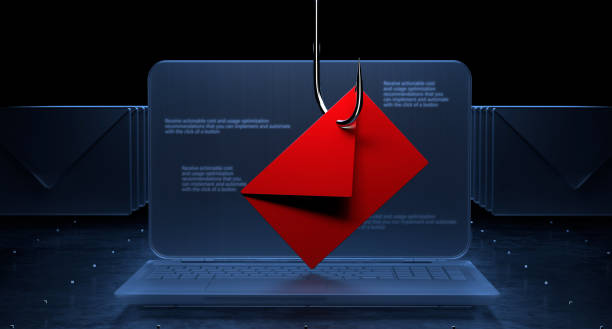How to Prevent Phishing and Protect Your Brand’s Reputation
Phishing attacks pose a significant threat to businesses, leading to financial losses and damage to brand reputation. Here are strategies to prevent phishing and protect your brand's reputation:
1. Employee Training and Awareness
- Regular Training: Educate employees about phishing tactics, such as suspicious emails, fraudulent links, and attachments.
- Simulated Phishing Tests: Conduct internal phishing tests to assess employee vigilance and identify training gaps.
- Clear Reporting Process: Establish an easy process for employees to report suspected phishing attempts.
2. Implement Email Security Solutions
- Use DMARC, DKIM, and SPF: Implement these email authentication protocols to protect against email spoofing and ensure emails coming from your domain are legitimate.
- Spam Filters: Use advanced spam filters to detect and block phishing emails before they reach the inbox.
- Email Encryption: Secure emails with encryption, ensuring sensitive information cannot be intercepted.
3. Multi-Factor Authentication (MFA)
- Enable MFA: Require employees, partners, and customers to use MFA, adding an extra layer of security beyond just passwords.
- Use for Critical Accounts: Prioritize MFA for email, financial, and other sensitive accounts.
4. Monitor and Secure Your Brand’s Digital Presence
- Domain Monitoring: Regularly monitor for fraudulent domains that imitate your brand name or website. Use tools that can identify domain squatters or similar websites.
- Take Down Fake Websites: If fake websites or impersonators are discovered, work with legal and cybersecurity teams to request their removal.
- Social Media Monitoring: Monitor social media platforms for fake accounts posing as your brand, and report them immediately.
5. Implement Strong Access Controls
- Role-Based Access Control (RBAC): Limit access to sensitive systems and information based on employee roles. This reduces the attack surface in case of phishing success.
- Least Privilege Principle: Ensure employees only have access to data and systems they need for their jobs.
6. Use Anti-Phishing Tools
- Anti-Phishing Software: Deploy anti-phishing tools that can automatically detect and neutralize phishing attempts.
- Browser Protection: Use web browser extensions and plugins that block access to malicious websites.
7. Regular Security Audits and Penetration Testing
- Conduct Security Audits: Regularly assess your company’s systems and processes to identify potential vulnerabilities.
- Penetration Testing: Perform penetration tests to simulate phishing attacks and find weaknesses in your defenses.
8. Customer Awareness Campaigns
- Communicate with Customers: Educate customers about potential phishing threats, particularly involving fake emails or websites that imitate your brand.
- Dedicated Support Channels: Provide clear instructions on how customers can report phishing or fraudulent activities involving your brand.
9. Secure Your Website with SSL
- Use SSL Certificates: Ensure your website uses HTTPS with SSL/TLS encryption, securing communications and reassuring visitors that they are on the legitimate site.
- Look for Suspicious URLs: Regularly check for and prevent the creation of subdomains or typosquatting that imitate your main website.
10. Incident Response Plan
- Create a Phishing Incident Plan: Develop and maintain an incident response plan specifically for phishing. Ensure your team knows how to respond quickly if an attack occurs.
- Communicate Breaches Effectively: If a phishing attack compromises your brand, be transparent with customers, explain the situation, and outline the steps taken to resolve it.
By implementing these strategies, you can significantly reduce the risk of phishing attacks, protecting both your brand's reputation and your customers' trust.









